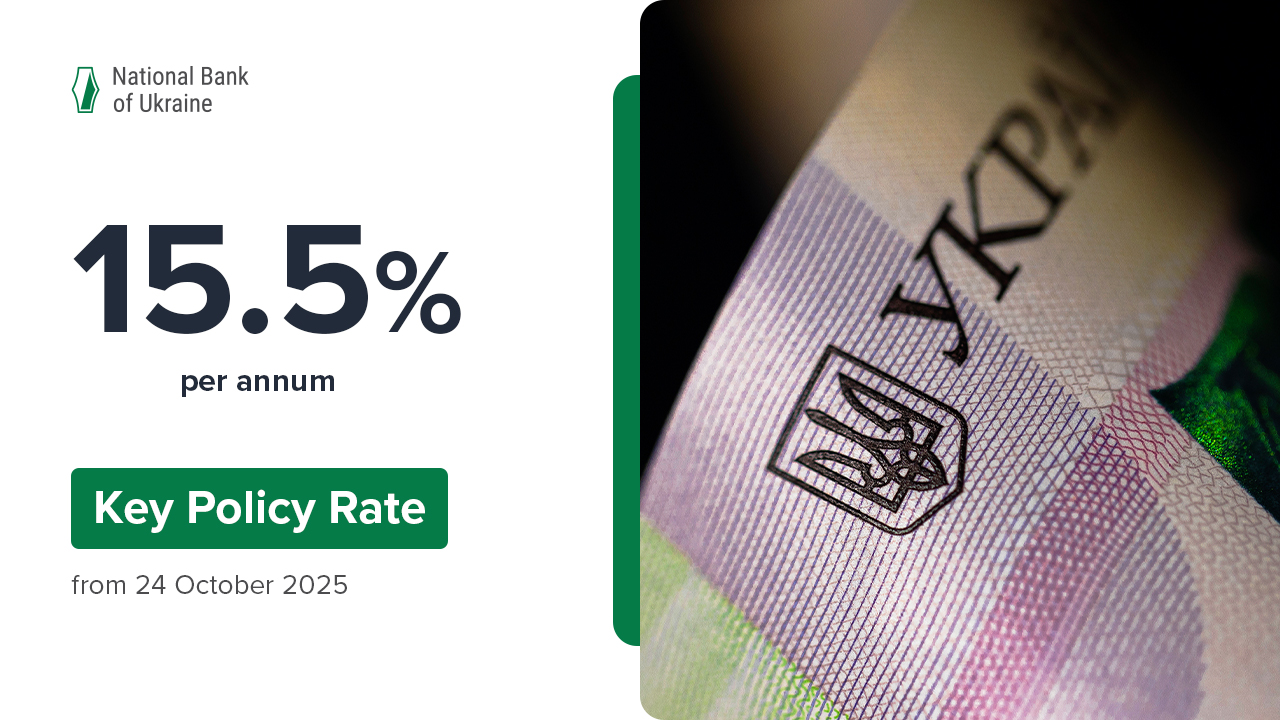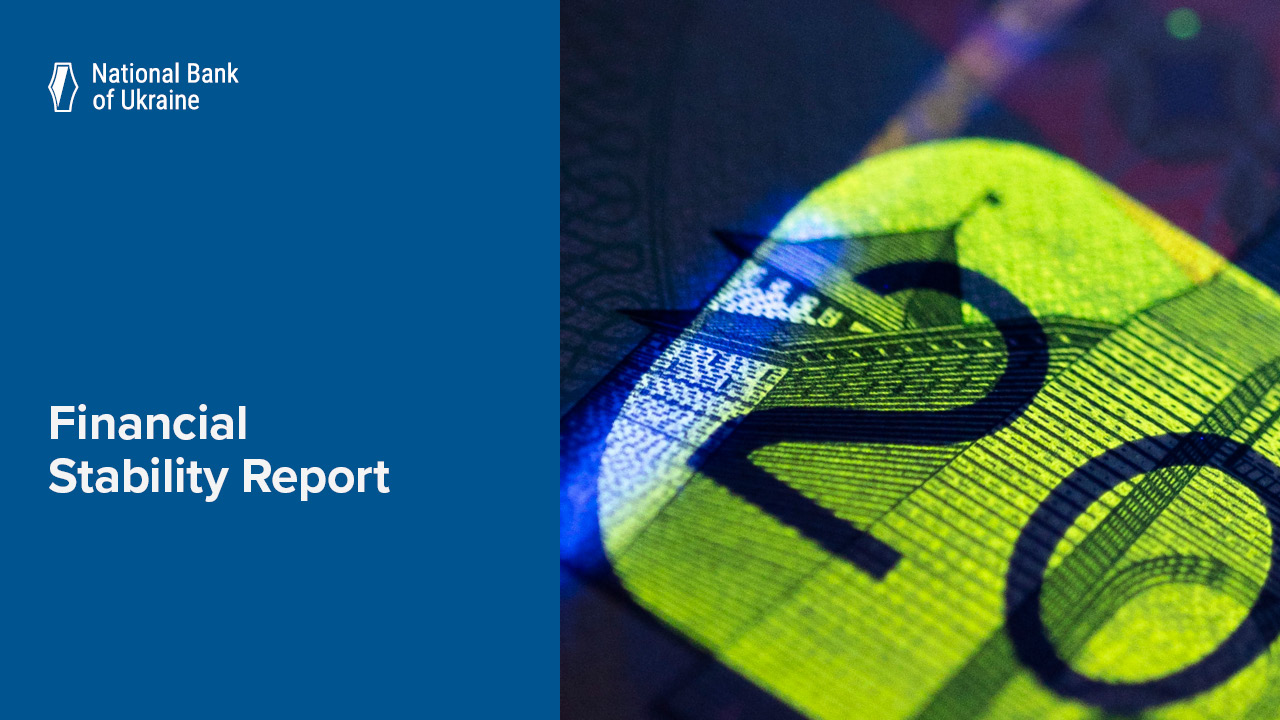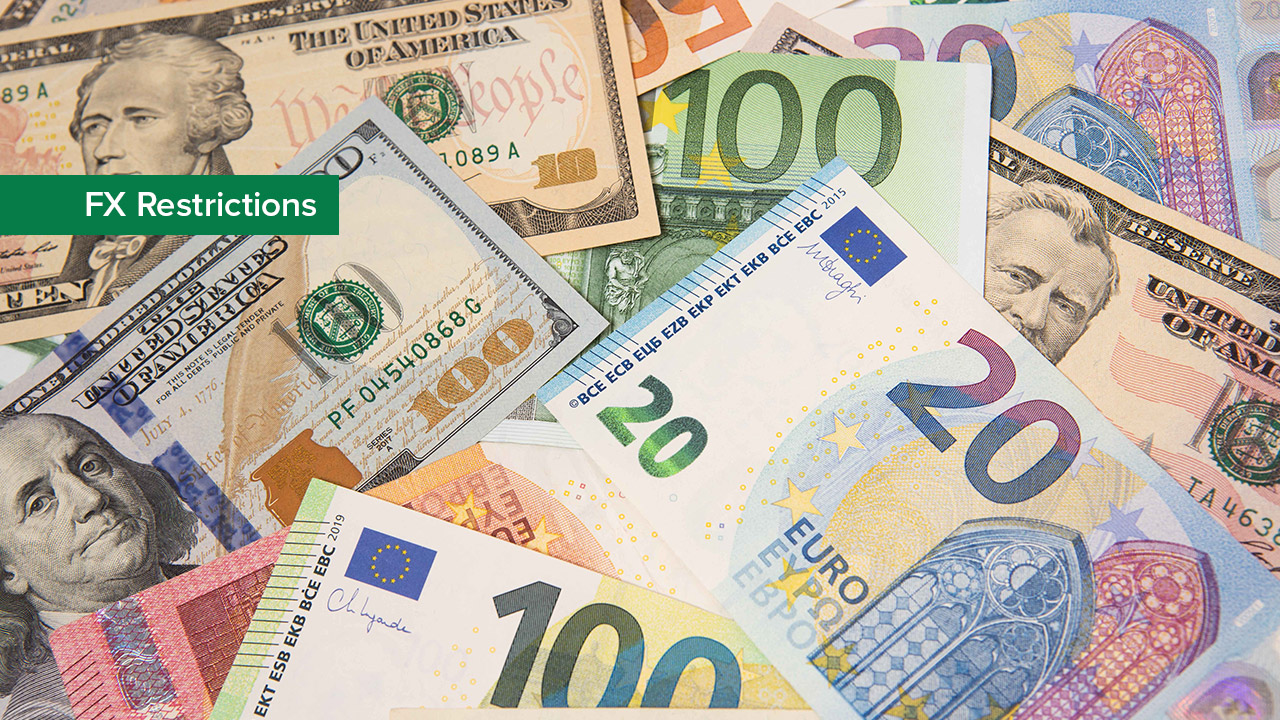In January 2017, as expected, headline inflation accelerated to 12.6% from 12.4% yoy in December 2016. In monthly terms, consumer prices rose by 1.1%, according to data released by the State Statistics Service of Ukraine (SSU).
In January, consumer price inflation closely matched the projected path of annual headline inflation published by the National Bank of Ukraine in the Inflation Report (January 2017). Going forward, the NBU expects inflation to slow down to 9.1% by the end of 2017 in line with the target range of 8% ± 2 pp, which was set out in the Monetary Policy Guidelines for 2017 and Medium Term.
In January, as anticipated, annual inflation accelerated slightly, driven by higher production costs, an upswing in global commodity prices, including steel and food prices, and the hryvnia depreciation in late 2016 and early January 2017.
In January, core inflation sped up to 6.2% yoy. The weakening of the hryvnia in late 2016 and early 2017 drove upwards prices for some imported goods (vehicles, selected types of equipment and personal care products, etc.) Growth of prices for the processed foods also accelerated, reflecting both higher production costs and second-round effects from an increase in some raw food prices, particularly milk prices. The annual growth rate of prices for the services included in core CPI also accelerated. In particular, prices for accommodation and catering services increased, likely spurredby higher labor costs. The annual growth rate of prices for clothes and footwear remained flat, while in monthly terms these prices recorded a seasonal decline.
The growth rate of raw food prices remained flat at 1.2% yoy. Thus, growth of milk prices accelerated, driven by higher purchasing prices amid robust exports. Growth of meat prices (except prices for poultry) also accelerated, reflecting higher production costs and stronger demand from processing enterprises on the backdrop of a prolonged reduction in the number of livestock. In addition, in monthly terms, prices for vegetables rose sharply, albeit remaining lower than in January 2016. Instead, the annual growth rate of prices for poultry-related products remained flat and even declined for select products (eggs). These price developments were attributed to export restrictions due to an unfavorable epizootic situation in the country. As anticipated, prices for fruits registered a deeper decline in annual terms, reflecting an abundant supply of domestically produced (primarily apples) and imported fruits (in particular, citrus fruits).
The increase in administered prices and tariffs accelerated to 35.9% yoy, mainly driven by higher fares for public passenger transportation services by road fueled by increased production costs, including due to higher fuel prices. Prices for tobacco products rose substantially, primarily due to a low base of comparison. Despite an increase in excise taxes in early 2017, the annual growth rate of prices for alcoholic beverages remained flat, which could be attributed to the sale of the previously accumulated stocks.
Growth of fuel prices accelerated to 24.5% yoy, reflecting higher global oil prices and the weakening of the hryvnia in late 2016 and early January 2017.
For reference
The methodology for calculating consumer price indices was revised in January 2017. In particular, the representative basket of goods and services were updated, the list of core inflation components was expanded, and a new weight structure based on the national accounts data was incorporated. More detailed information is available on the website of the State Statistics Service of Ukraine.






